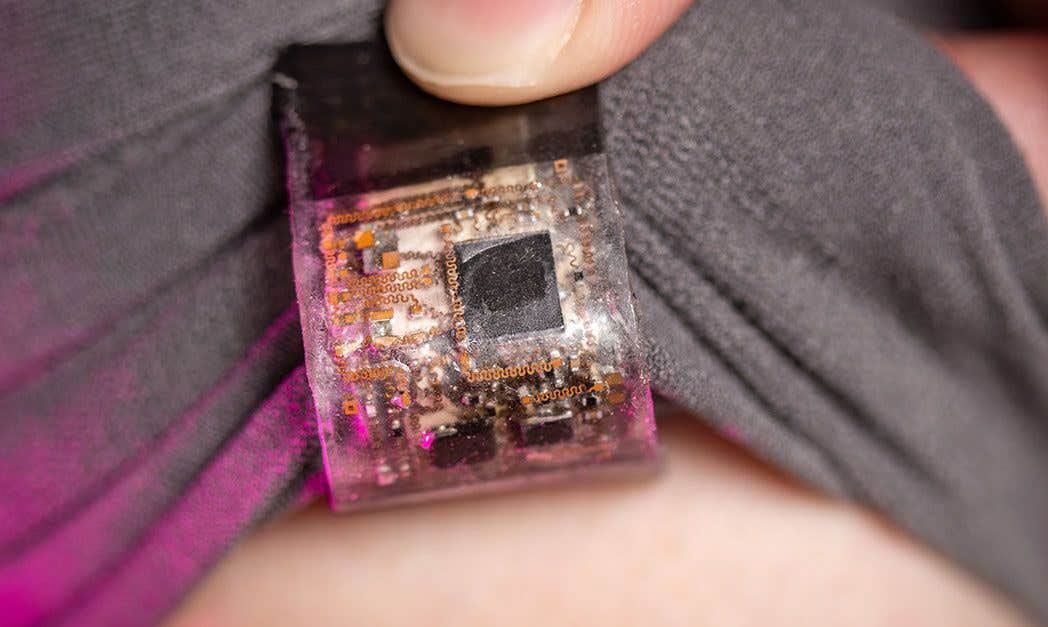Goldilocks Day Calculator helps parents manage their child’s activity levels
When it comes to children’s time – school time, exercise, downtime, and sleep – generic guidelines can only do so much.

[August 31, 2021: University of South Australia]
Just like Goldilocks in the children’s fairy tale, one size rarely fits all. So, when it comes to children’s time – school time, exercise, downtime, and sleep – generic guidelines can only do so much.
As kids struggle to fit everything into their day, researchers at the University of South Australia and Murdoch Children’s Research Institute have been working on a solution – a Goldilocks Day calculator – an online, personalised tool that can help parents and caregivers navigate the best use of their child’s time.
Focusing on key health outcomes – physical health, cognitive/academic abilities, and mental health and wellbeing – the novel time tool lets you identify and personalise optimal times for your child’s sleep, sedentary behaviours (reading, studying, downtime), light physical activity (chores, walking), and moderate-to-vigorous physical activity (sports and exercise).
Lead researcher, Dr Dot Dumuid says the new time tool will help parents tailor their children’s days based on their personal needs.
“From the moment they wake, to the time they go to bed, many parents and caregivers spend a lot of time shaping their children’s time,” Dr Dumuid says.
“We’re prompting them to do their homework, to take out the rubbish, turn off their screens, practice their instrument, eat their lunch, play sports – the list in endless. Add gaming, computers, and social media to the mix, and finding healthy balance of all these activities can be harder than ever.
“Our research helps make sense of children’s competing demands and goals by clarifying how to best allocate the hours and activities across a day.
“The result is a world-first customisable time tool – the Goldilocks Day calculator – which lets parents easily identify what activities will best help their child – physically, mentally or academically.”
The Goldilocks Day calculator builds on existing Australian and global health guidelines to predict optimal time-use compositions using mental health, academic performance, and physical fitness data of more than 1182 children (aged between 11 and 12 years), via the Australian Child Health CheckPoint study.
It lets parents rank the importance of physical health, mental health, and cognitive abilities for their child’s health to calculate the best time allocations for sleep, study, exercise, and play.
If all health factors are weighted equally, the perfect ‘Goldilocks Day’ for children comprises:
Sleep = 10.4 hours
Sedentary time = 9.7 hours
Light physical activity = 2.4 hours
Moderate-to-vigorous physical activity = 1.5 hours.
However, the study found that optimal daily durations varied widely for different health outcomes.
“Just as all children are individuals, so too are their health needs, which is why we’ve made the Goldilocks Day calculator customisable, based upon their individual needs,” Dr Dumuid says.
“For example, if your child needs to be more active, then getting up early on the weekends could be more important than sleep – so you might sacrifice sleep and sedentary time to boost exercise.
“Or, if your child is struggling with anxiety, then an earlier bedtime is more beneficial to their health than extra sedentary time, say on a computer.
“And, if boosting grades is the goal, more sedentary time – or study time – is needed, concurrently reducing sleep and exercise.
“It may seem logical but fitting everything into the day is very challenging for kids and parents. And with statistics showing that only 15 per cent of Australian kids are achieving daily activity guidelines, we still have a way to go. Internationally, this is sometimes as low as 6 per cent.
For more science stories check out our New Innovation section at The Brighter Side of News.
Like these kind of feel good stories? Get the Brighter Side of News' newsletter.
Tags: #New_Innovations, #Medical_Good_News, #Exercise, #Sleep, #Activity, #Child_Development, #The_Brighter_Side_of_News



